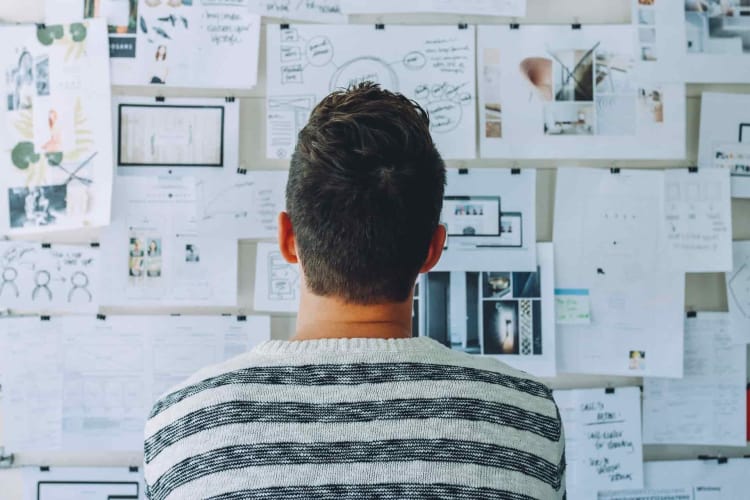Digital Adventures - You're Fired!

Categorized under: coding education for kids
As we think about our privileged role in the development of the technical education of the next generation, our ultimate goal is for students and their parents to fire us. In order for us to part ways, we focus on 3 key areas while working with our students. Our goal is for our students to develop their independence in building with technology, understand how to make their ideas real and learning to learn in preparation for rapid creation & destruction in technology that they will see repeated many times throughout their professional careers. While this personal development will occur at different rates based on the individuality of students, we want to make sure that our education technology platform is always pushing in the direction for our customers to fire us. And, once we have separated, we are looking for what our alumni students will build to make a positive impact in the world.
Independence in building with technology
One of the major challenges when working with students is figuring out how to develop the intrinsic motivation to push beyond issues while building. A key way we have found to identify the boundary conditions for this in practice is by developing a series of coding and engineering design projects across a wide variety of topic areas including 3D printing, video game design, robotics, mobile app development, Minecraft Modding, animation and web design. Within each topic area, we establish depth at the beginner, intermediate and advanced level. This is then underpinned by a skills map which outlines the key areas of competency we want to develop within our students. When we combine this, we are able to realize our goal of pushing students towards increased independence through the inevitable challenges that will occur when you combine project variety, ability depth and core knowledge within an educational environment.
Understanding how to make their ideas real
As you may or may not have heard, a good idea is only a small part in the journey of developing something new. The difficult part comes in executing the many different aspects and elements of making that idea real. Over the course of working in our learning studios, we often have students whiteboard their ideas to give them experience on thinking through all the aspects of the user experience and ultimate design to have a comprehensive solution that empathizes with the customer journey. From there, we have them translate their concept from the whiteboard onto one of the many technology platforms we utilize. If it’s a video game, we might use Scratch, Construct or Unity. If they have an idea for a new robot, we might use Lego EV3, Cozmo or Dash & Dot. More often than not, students learn that there is not perfect fidelity when translating their ideas from the whiteboard to a given platform. It is at this point where they have to challenge their assumptions and figure out how to utilize the technology to achieve their design intent. Or, they have to modify their design so that their concept is useable given the constraints of the platform. Over time, they become better at learning the limitations of their initial design, that of the platform, and how to harmonize both schools of thought to ultimately bring their concept to reality. This repeated aspects of concept, design, build, launch, test and iterate is extremely useful in building their product development and execution muscle.
Learning to learn
When developing new ideas, there will often be opportunities to repurpose existing knowledge bases, libraries or functions to expedite the process. Other times, you will have to leverage prior knowledge in a new way. And, in certain instances, you will have to build something new from scratch in order to achieve the desired customer outcome. The one commonality in all these different classes is the necessity of learning to learn. One of the areas that we intentionally work to develop is student independence through pushing them to question how and why a certain line of code works the way that it does, what modifications one might make to a certain function to make it behave differently and what do they wish a given project could do that it doesn’t currently do. Through this methodical question and answer process, we are teaching student to learn how to learn. This can be one of the most difficult areas to internalize for a new area of development; especially technology. However, once a student can learn how to learn new knowledge, she is well on the path to become an expert who not only knows her limitations but knows how to figure out how to move beyond those constraints and move into the learning of new insights and pathways for product development. While, our students can often get frustrated when we don’t give the answer immediately or challenge them to co-develop a solution, they are ultimately better off in the long-term by learning how to learn and not building a over reliance on the instructional team.
Over time, the one constant with technology is the rapid pace of innovation and disruption of existing solutions. We believe that as more education technology solutions are developed to teach kids coding & engineering design, students across the globe will accelerate this eventuality. Since we don’t perfectly know which languages or which technologies will be prime going forward, our approach is to prepare our students for success through independence, learning how to make their ideas real, and a continuous process of learning, unlearning and re-learning new material.


 By:
By: